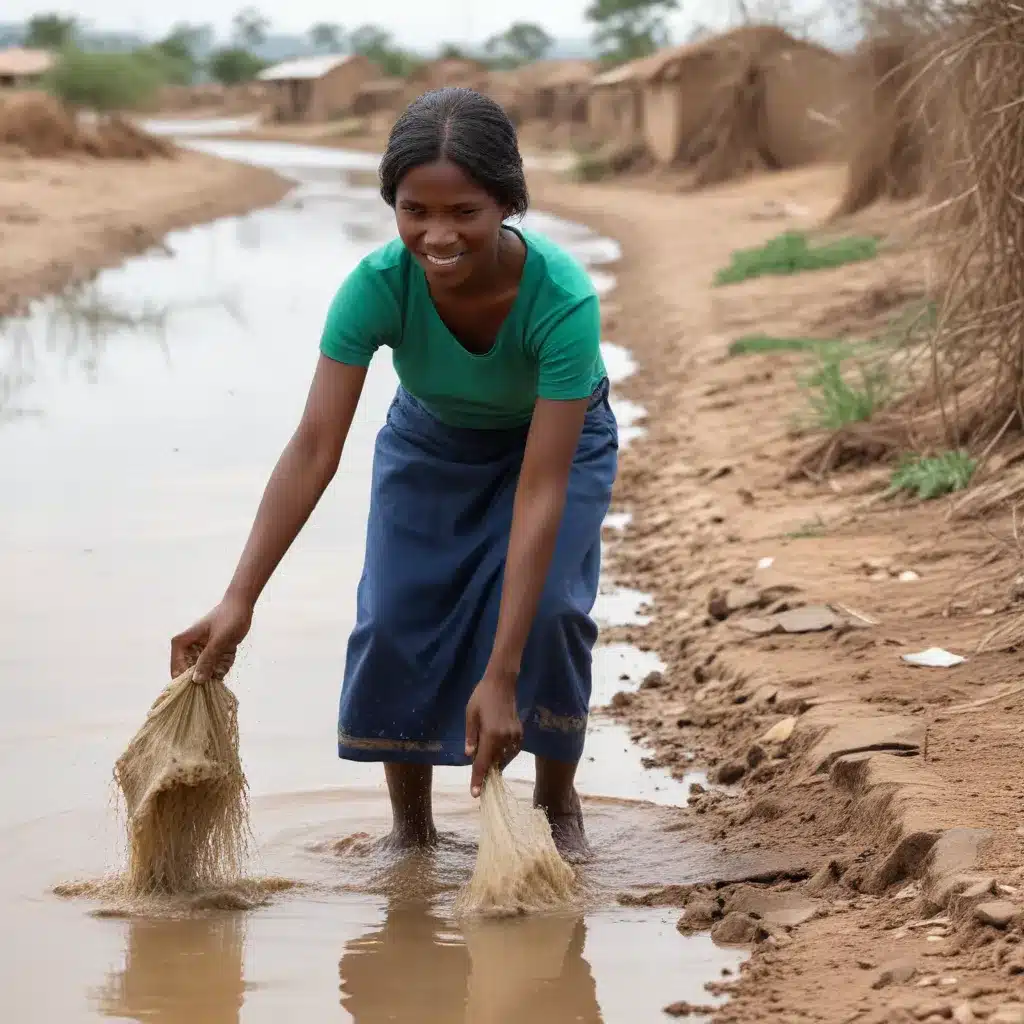
Recognizing the Urgency of Climate Adaptation in WASH
As the impacts of climate change intensify worldwide, communities are facing unprecedented challenges in ensuring reliable access to safe water, sanitation, and hygiene (WASH) services. Increasingly frequent and severe weather events, shifting precipitation patterns, and rising sea levels are disrupting fragile WASH infrastructure and service delivery, with disproportionate effects on the most vulnerable populations.
In the face of these daunting realities, the WASH sector must adopt a proactive, climate-resilient approach. By integrating climate adaptation strategies into program design and implementation, we can safeguard hard-won progress in WASH access and coverage, while also strengthening community resilience to the growing threats posed by a changing climate.
Understanding the Impacts of Climate Change on WASH
Climate change is exacerbating a range of risks to WASH systems, including:
Water Scarcity and Quality Degradation: Droughts, erratic rainfall, and saltwater intrusion are compromising the availability and quality of water resources, forcing communities to rely on contaminated or limited supplies. This increases the risk of waterborne diseases and undermines progress toward universal access to safe drinking water.
Infrastructure Damage: Extreme weather events, such as floods and cyclones, can significantly damage WASH infrastructure, disrupting service delivery and requiring costly repairs or rebuilding. Aging and poorly maintained systems are especially vulnerable to these climate impacts.
Sanitation System Failures: Flooding can overwhelm and contaminate sanitation systems, leading to the spread of human waste and the proliferation of disease vectors. Rising groundwater tables may also impair the function of on-site sanitation technologies, such as pit latrines and septic tanks.
Hygiene Challenges: Disruptions to water availability and quality can make it difficult for households to maintain proper handwashing and other essential hygiene practices, increasing the risk of infectious disease transmission.
Disproportionate Impacts on Vulnerable Groups: The effects of climate change on WASH often fall hardest on marginalized communities, including the urban poor, people with disabilities, and those living in remote or informal settlements. These populations typically have fewer resources and less adaptive capacity to cope with WASH-related climate risks.
Integrating Climate Resilience into WASH Programming
To address these mounting challenges, the WASH sector must adopt a more holistic, climate-resilient approach to program design and implementation. This entails:
1. Assessing Climate Risks and Vulnerabilities
Conducting comprehensive vulnerability assessments is a crucial first step in building climate resilience. WASH practitioners should work closely with communities to identify current and projected climate hazards, understand local coping mechanisms, and pinpoint the most vulnerable groups and infrastructure.
Example: In Uganda, the World Bank supported a detailed assessment of climate change impacts on the country’s water resources and agricultural sector, which relies heavily on rain-fed coffee production. The analysis found that without adaptive measures, only 1% of Uganda’s current coffee-growing areas would remain suitable for production by 2050 due to rising temperatures and shifting precipitation patterns.
2. Prioritizing Nature-based Solutions
Ecosystem-based approaches, or nature-based solutions (NbS), can play a vital role in enhancing the climate resilience of WASH systems. Restoring and protecting watersheds, wetlands, and coastal habitats can help regulate water flows, improve water quality, and mitigate the impacts of extreme weather events.
Example: In New York State, the Department of Environmental Conservation has developed guidance on the use of living shorelines – a nature-based approach to coastal adaptation that leverages vegetation, oyster reefs, and other natural features to protect against sea-level rise and storm surge.
3. Strengthening Community Engagement and Capacity
Meaningful community involvement is essential for developing and implementing climate-resilient WASH interventions. By working closely with local stakeholders, WASH practitioners can better understand community needs, leverage traditional knowledge, and build local capacity to manage and maintain climate-smart WASH systems.
Example: In the Hudson River Estuary region of New York, the Department of Environmental Conservation’s Hudson River Estuary Program provides technical and financial assistance to help local communities plan for and adapt to climate change impacts, such as increased flooding and sea-level rise.
4. Advocating for Policy and Institutional Reforms
Achieving widespread climate resilience in the WASH sector requires policy and institutional changes that enable and incentivize adaptation. WASH advocates should engage with national and local governments to ensure that climate adaptation is integrated into WASH policies, regulations, and investment strategies.
Example: North Carolina’s Climate Risk Assessment and Resilience Plan mandates that all state agencies develop climate adaptation strategies, including for WASH-related programs and infrastructure. This statewide directive helps ensure a coordinated, whole-of-government approach to building climate resilience.
5. Fostering Collaboration and Knowledge-Sharing
Addressing the complex, multifaceted challenges of climate change in the WASH sector requires collaborative, cross-sectoral approaches. WASH professionals should actively engage with counterparts in disaster risk reduction, urban planning, environmental conservation, and other relevant fields to share best practices, leverage synergies, and develop comprehensive, integrated solutions.
Example: The World Bank’s “Adaptation Principles” report provides a framework and practical tools to help governments develop effective climate adaptation strategies, including for WASH infrastructure and service delivery. This type of knowledge-sharing resource can aid WASH practitioners in designing more resilient programs.
Conclusion: Embracing Climate Adaptation for a Sustainable WASH Future
As the impacts of climate change intensify, the urgency for the WASH sector to adapt has never been greater. By integrating climate-resilient approaches into program design and implementation, WASH practitioners can safeguard access to essential services, protect vulnerable communities, and build long-term sustainability in the face of a changing climate.
Through robust risk assessments, nature-based solutions, community engagement, policy advocacy, and cross-sectoral collaboration, the WASH sector can lead the way in creating resilient, climate-adaptive systems that serve the needs of all. By embracing climate adaptation as a core priority, we can ensure that no one is left behind in the quest for universal, sustainable WASH access.
To learn more about climate-resilient WASH strategies and Joint Action for Water‘s work, visit our website or reach out to our team of experts.

